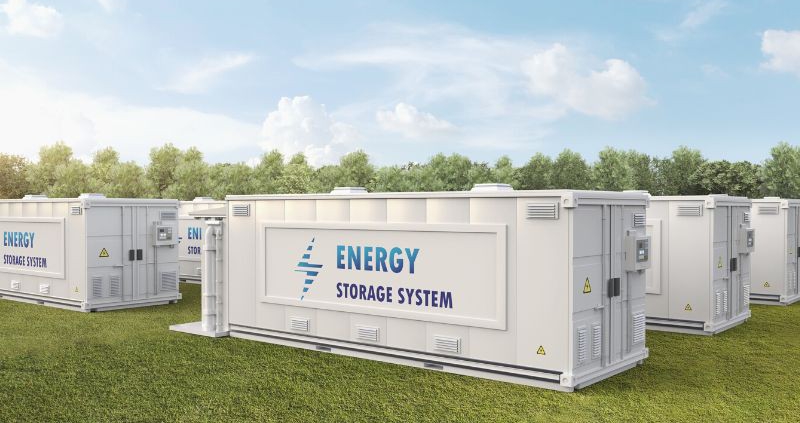China’s Battery Energy Storage Systems: Leading the Global Energy Transition
Introduction: China’s Dominance in the BESS Market
China has emerged as the undisputed leader in the global battery energy storage system (BESS) industry, driven by technological innovation, aggressive policy support, and economies of scale. As of 2025, China accounts for 66% of global installed BESS capacity (215.5 GWh) and dominates over 90% of lithium-ion battery production, a cornerstone for energy storage solutions. For U.S. businesses and investors, understanding China’s BESS ecosystem is critical to navigating supply chains, identifying partnerships, and leveraging cost-effective technologies. This article explores China’s market leadership, cutting-edge advancements, policy landscape, and actionable insights for stakeholders.
Market Leadership: Scale and Cost Advantages
Unmatched Production Capacity
China’s BESS market grew by 146% in 2024, with 170 GWh of system shipments, including 46 GWh exported to overseas markets. Key players like CATL, BYD, and Rongke Power dominate both domestic and international projects, supported by vertically integrated supply chains and low-cost lithium iron phosphate (LFP) batteries. For instance, LFP battery systems in China average $80/kWh, significantly below U.S. and European prices.
Global Project Pipeline
China’s project pipeline exceeds 505 GWh, dwarfing the U.S. (162 GWh) and EU markets. Recent megaprojects include:
-
Rongke Power’s 100MW/400MWh vanadium flow battery station in Xinjiang, enhancing grid stability for renewable integration.
-
High-temperature superconducting (HTS) energy storage systems in Zhongshan, achieving millisecond-level response times for high-precision industries.
These projects highlight China’s dual focus on grid-scale solutions and niche applications, offering U.S. firms opportunities to adopt scalable technologies.
Technological Innovation: Beyond Lithium-Ion
Next-Generation Battery Technologies
While lithium-ion remains dominant, China is diversifying into advanced storage solutions:
-
Solid-State and Sodium-Ion Batteries: Companies like CATL and Great Power are commercializing systems with higher energy density and safety profiles.
-
Vanadium Flow Batteries: Rongke Power’s 400MWh project demonstrates China’s leadership in long-duration storage, critical for wind and solar integration.
-
HTS Magnetic Storage: The world’s largest 10-megajoule HTS system in Zhongshan offers 10x faster response than chemical storage, ideal for semiconductor and AI industries.
AI-Driven Energy Management
Chinese firms like China Energy Engineering Corporation deploy AI algorithms for state-of-charge (SOC) optimization, extending battery lifespan by 20% and reducing operational costs.
Policy Synergy: Driving the “Dual Carbon” Agenda
China’s 2060 carbon neutrality goal has spurred aggressive BESS deployment through:
-
Subsidies and Mandates: The “14th Five-Year Plan” allocates $30 billion for energy storage R&D and infrastructure.
-
Market Reforms: Revisions to ancillary service markets allow BESS operators to earn revenue through frequency regulation and peak shaving.
-
Export Strategies: To counter U.S. tariffs, Chinese firms like Trina Solar and BYD are establishing factories in Southeast Asia and Europe, ensuring tariff-free access to Western markets.
For U.S. businesses, these policies signal opportunities for joint ventures and technology licensing.
Challenges and Strategic Insights
Supply Chain Risks
Despite China’s dominance, geopolitical tensions and U.S. tariffs (25% on lithium-ion imports) necessitate diversification. Solutions include:
-
Localized Production: Partnering with Chinese firms in third countries (e.g., BYD’s Mexico plants).
-
Recycling Partnerships: Leveraging China’s $12 billion investment in lithium recycling to secure sustainable raw materials.
Quality and Safety Standards
Chinese BESS providers are addressing concerns through:
-
UN38.3 and UL Certifications: Major exporters like Huawei and Sungrow comply with international safety norms.
-
Advanced Thermal Management: Liquid cooling and modular designs mitigate fire risks, as seen in Trina’s 6MWh+ containerized systems.
Future Trends: Opportunities for U.S. Collaboration
-
Hybrid Storage Solutions: Combining lithium-ion with flow batteries for cost-effective, long-duration storage.
-
AI and IoT Integration: Real-time monitoring platforms like LG’s AEROS, co-developed with Chinese partners.
-
Green Hydrogen Synergy: Pairing BESS with electrolyzers for 24/7 renewable power, a focus of China’s Inner Mongolia projects.
Leoch Energy Storage Systems: A Reliable Partner for U.S. Businesses
As the BESS market evolves, selecting cost-effective and durable solutions is paramount. Leoch International, a global leader in energy storage, offers tailored systems aligning with U.S. operational needs:
-
LEOCH Lithium Iron Phosphate (LFP) Batteries: Designed for high-cycle applications (6,000+ cycles) with 20% lower lifecycle costs than NMC alternatives.
-
Lead-Carbon Technology: Ideal for off-grid and backup power, combining lead-acid reliability with carbon-enhanced longevity (10+ years).
-
Smart Energy Management: Integrated BMS ensures real-time monitoring and safety compliance, critical for U.S. grid standards.
Leoch’s systems are deployed in U.S. microgrids and industrial facilities, demonstrating adaptability to diverse climates and load demands. Explore Our solutions at leochlithium.us.
Conclusion: Navigating the BESS Landscape
China’s BESS industry offers unparalleled scale, innovation, and cost advantages, but success requires strategic navigation of geopolitical and quality challenges. By partnering with agile suppliers like Leoch and leveraging China’s technological breakthroughs, U.S. businesses can secure a competitive edge in the energy transition.
Key Takeaways:
-
Prioritize LFP and hybrid storage solutions for cost and safety.
-
Monitor policy shifts, especially tariffs and recycling incentives.
-
Collaborate with certified Chinese firms to mitigate supply chain risks.
Stay ahead in the energy revolution—China’s BESS leadership is reshaping global markets, and strategic adaptation is key to thriving in this dynamic landscape.


